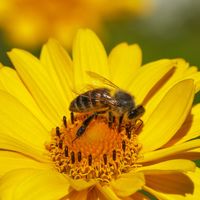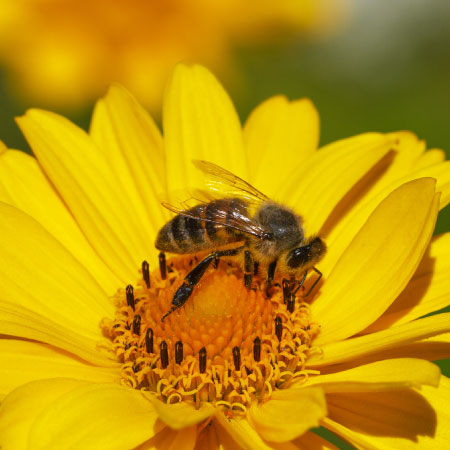What Are Viburnum Borers: Learn About The Control Of Viburnum Borer

Viburnum borers cause serious damage to shrubs in the viburnum family. Learn to identify these insect pests and eliminate them from the landscape with the viburnum borer treatment tips in this article.
Viburnum Borer Life Cycle
So, what are viburnum borers? Viburnum borers are day-flying moths that look a lot like wasps. They have dark bodies with yellow markings and clear wings.
It takes a close inspection to see the difference between the two distinct species of viburnum borers. The clearwing borer has white scales on its face while the lesser viburnum borer lacks the white scales. Both are about one-half inch (1 cm) long with a wingspan of about three-quarters of an inch (2 cm).
The adult moths emerge in early summer. They lay eggs near wounds on the lower part of viburnum trunks, no more than 18 inches (46 cm) above the ground. Pinkish white caterpillars emerge from the eggs and crawl beneath the bark where they feed on the wood and inner bark until they are well-fed and ready to pupate. They become adults about a month after pupating.
You’ll probably notice the damage to your shrubs before you notice the ordinary looking moths. Borer damage on viburnums consists of plant dieback and general decline. You may see small holes on the base of the plants where the adults emerged. It’s not unusual for the plant to die as a result of its injuries.
Control of Viburnum Borer
Stressed and damaged viburnum shrubs attract these borers. Keep the soil around your plants moist, and mulch heavily to prevent cycles of moist and dry soil. Adults lay their eggs near bark injuries which make it easier for the larvae to enter the tree.
Prevent injuries in the bark by avoiding the use of weed whackers near the shrub and directing a lawn mower so that debris flies away from the shrub.
Sign up for the Gardening Know How newsletter today and receive a free copy of our e-book "How to Grow Delicious Tomatoes".
Plant resistant species whenever possible. Arrow-wood viburnum (Viburnum dentatum) has good resistance.
Permethrin-based insecticides are effective against viburnum borers, but the application must be carefully timed to catch the adults when they are flying. Use pheromone traps to determine the best time for spraying. Spray ten days after you catch the first moth, and again 30 days later if you are still catching insects. Apply the spray from 18 inches (46 cm.) above the ground to the soil line.
Note: Any recommendations pertaining to the use of chemicals are for informational purposes only. Specific brand names or commercial products or services do not imply endorsement. Chemical control should only be used as a last resort, as organic approaches are safer and more environmentally friendly.

Jackie Carroll has written over 500 articles for Gardening Know How on a wide range of topics.